[Editorial] Social germs
Makers, authorities liable for toxic sterilizers
By 김케빈도현Published : May 4, 2016 - 17:39
The case of harmful sterilizers used in humidifiers shows that a combination of social germs, such as money-grubbing corporations and negligent government officials, could pose an immense threat to public health.
The primary blame, of course, should go to the makers of the toxic sterilizers, which have claimed the lives of more than 100 people since 2002, including pregnant women and babies.
Outrageously, Oxy Reckitt Benckiser, the leading maker of the sterilizers, and other suppliers tried to shun responsibility for what they did until they were forced to do so.
The Korean unit of British firm Reckitt Benckiser began selling the harmful sterilizer for humidifiers in 2001. In 2011, the government linked polyhexamethylene guanidine in the sterilizer to the mysterious deaths of people. It was only two years later that Oxy promised to provide a fund of 5 billion won ($4.4 million) to compensate the victims.
Besides that, it also change its name not once but twice, to protect its reputation and business. Prosecutors also say they suspect the company tried to manipulate research data and even deleted some relevant computer data.
It was not until the prosecution’s investigation closed in on its executives last month that the company promised to add 5 billion won to the fund. This again fueled a public outcry as the company, still without offering a sincere apology, announced the decision through a press release its publicity agency sent out to the media.
As public criticism mounts and the campaign to boycott its products gains strength, the CEO of the Korean unit held a news conference Monday, offering an apology and promise to compensate the victims.
What Ata Safdar did not forget, however, was to protect his bosses in Slough, England, as he said he represented the U.K headquarters. Two days later, the head office issued a statement similar to one made by Safdar. This action is not only belated but also insufficient to free the British company from the obligation to find out who was responsible for supplying the deadly chemical under its brand.
No one can be sure how many more were exposed to the harmful chemical and how many more died or got sick because they used the sterilizers. It is ironic and extremely painful to learn that the more people were conscious of health and hygiene, the more sterilizers they used for their loved ones.
It is not hard to imagine that negligence or laxity on the part of government officials have played a big part too. Regulators allowed the use of PHMG in manufacturing antimicrobial carpets in 1996 and did not conduct toxic tests when makers began using it for humidifier sterilizer five years later. They also ignored experts’ warnings -- in 2006 and 2007 -- that the chemical could cause serious health problems.
This raises the need for authorities like the Board of Audit and Inspection to make a special audit of government officials who had been involved in the case. Depending on the results of the audit and the ongoing prosecution investigation, we may need an investigation by either the parliament or a special prosecutor, or both.
The primary blame, of course, should go to the makers of the toxic sterilizers, which have claimed the lives of more than 100 people since 2002, including pregnant women and babies.
Outrageously, Oxy Reckitt Benckiser, the leading maker of the sterilizers, and other suppliers tried to shun responsibility for what they did until they were forced to do so.
The Korean unit of British firm Reckitt Benckiser began selling the harmful sterilizer for humidifiers in 2001. In 2011, the government linked polyhexamethylene guanidine in the sterilizer to the mysterious deaths of people. It was only two years later that Oxy promised to provide a fund of 5 billion won ($4.4 million) to compensate the victims.
Besides that, it also change its name not once but twice, to protect its reputation and business. Prosecutors also say they suspect the company tried to manipulate research data and even deleted some relevant computer data.
It was not until the prosecution’s investigation closed in on its executives last month that the company promised to add 5 billion won to the fund. This again fueled a public outcry as the company, still without offering a sincere apology, announced the decision through a press release its publicity agency sent out to the media.
As public criticism mounts and the campaign to boycott its products gains strength, the CEO of the Korean unit held a news conference Monday, offering an apology and promise to compensate the victims.
What Ata Safdar did not forget, however, was to protect his bosses in Slough, England, as he said he represented the U.K headquarters. Two days later, the head office issued a statement similar to one made by Safdar. This action is not only belated but also insufficient to free the British company from the obligation to find out who was responsible for supplying the deadly chemical under its brand.
No one can be sure how many more were exposed to the harmful chemical and how many more died or got sick because they used the sterilizers. It is ironic and extremely painful to learn that the more people were conscious of health and hygiene, the more sterilizers they used for their loved ones.
It is not hard to imagine that negligence or laxity on the part of government officials have played a big part too. Regulators allowed the use of PHMG in manufacturing antimicrobial carpets in 1996 and did not conduct toxic tests when makers began using it for humidifier sterilizer five years later. They also ignored experts’ warnings -- in 2006 and 2007 -- that the chemical could cause serious health problems.
This raises the need for authorities like the Board of Audit and Inspection to make a special audit of government officials who had been involved in the case. Depending on the results of the audit and the ongoing prosecution investigation, we may need an investigation by either the parliament or a special prosecutor, or both.


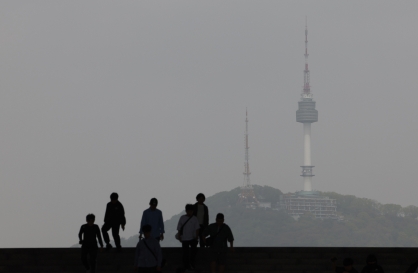
![[AtoZ Korean Mind] Does your job define who you are? Should it?](http://res.heraldm.com/phpwas/restmb_idxmake.php?idx=644&simg=/content/image/2024/05/06/20240506050099_0.jpg&u=)

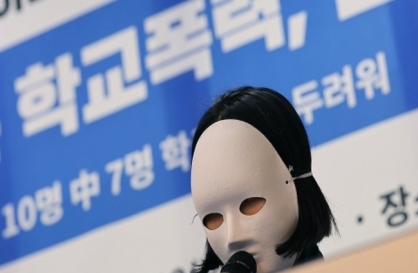

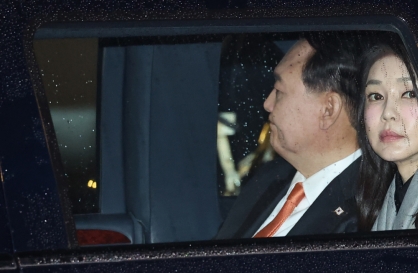






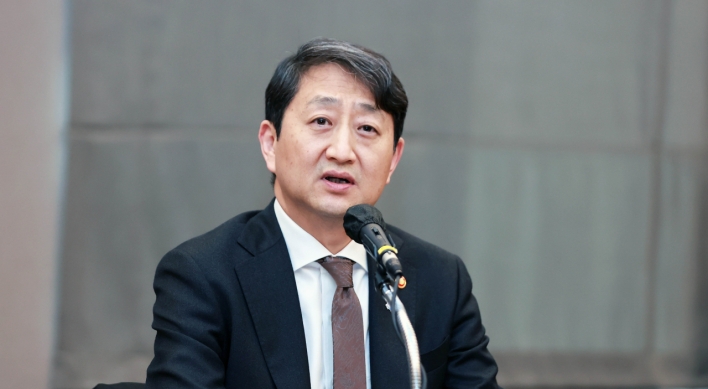

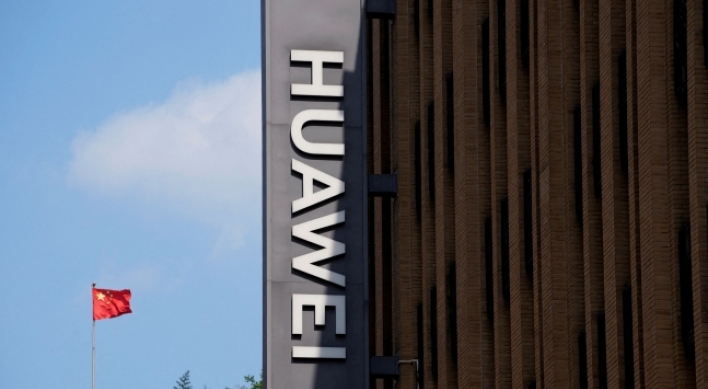

![[K-pop's dilemma] Is Hybe-Ador conflict a case of growing pains?](http://res.heraldm.com/phpwas/restmb_idxmake.php?idx=642&simg=/content/image/2024/05/07/20240507050746_0.jpg&u=)